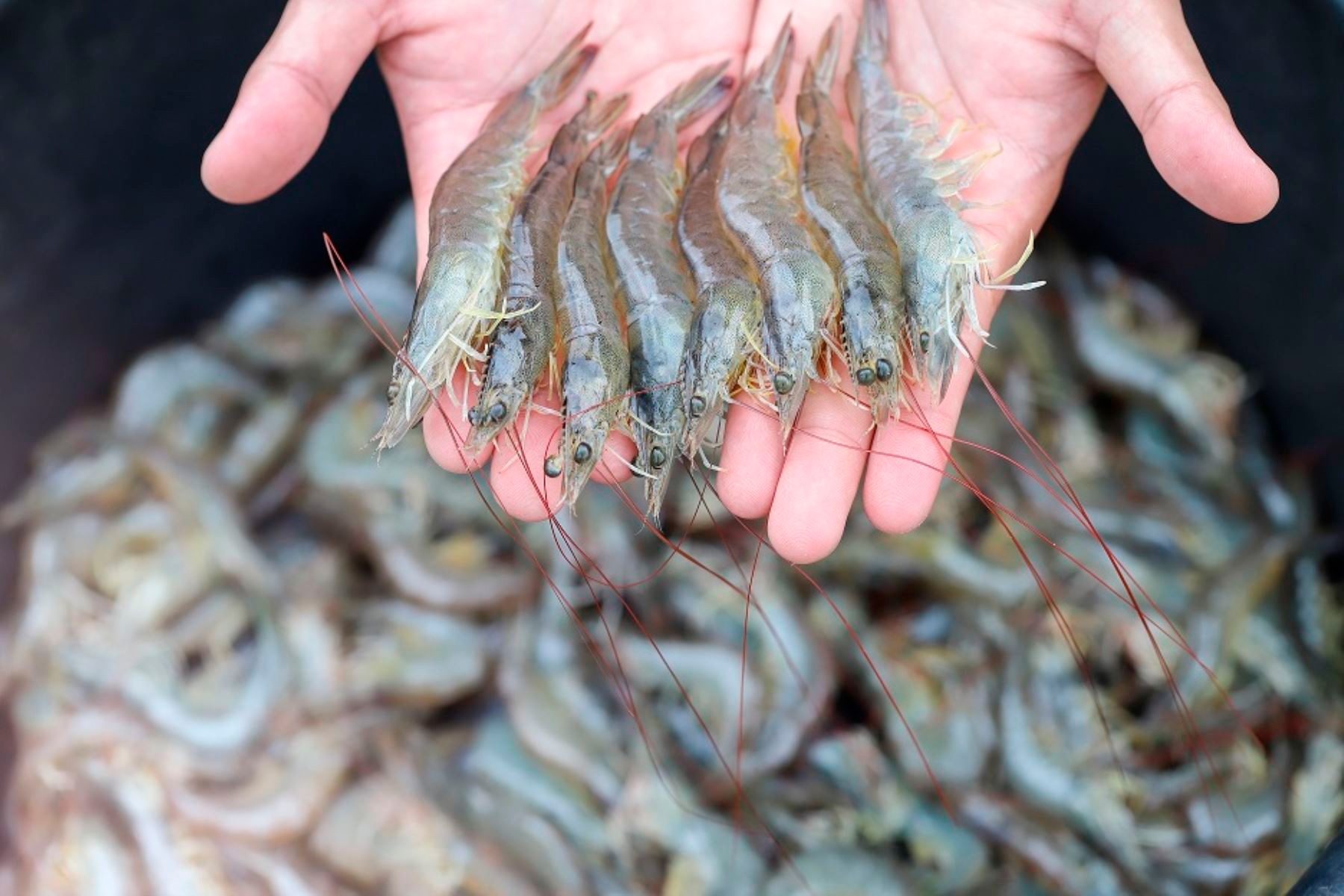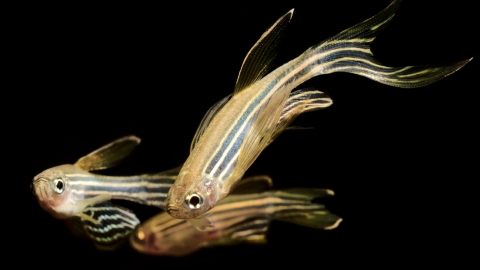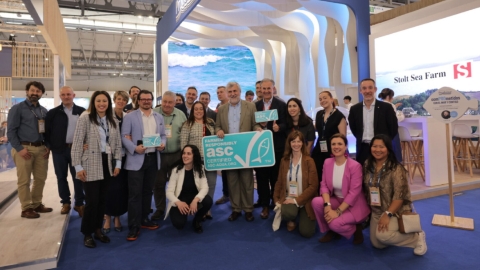
As the aquaculture sector grapples with the mounting challenge of antibiotic resistance and its environmental repercussions, bacteriophages are gaining attention as a sustainable and targeted solution to bacterial diseases.
These naturally occurring viruses, which infect and kill specific bacteria, offer several advantages over conventional treatments: precision, minimal ecological impact, and no risk of chemical residues. Despite their potential, questions remain around how best to apply phages in real-world farming environments and what their long-term effects might be.
Against this backdrop, a team of researchers has made significant progress by characterizing a newly isolated phage with the ability of combat Vibrio parahaemolyticus-one of the most destructive pathogens affecting shrimp farming. The findings, published in the journal Aquaculture, focus on the phage P20211219001–1, isolated from Litopenaeus vannamei ponds in China’s Zhejiang province during an outbreak of Acute Hepatopancreatic Necrosis Disease (AHPND).
“The bacteriophage displayed high host specificity, forming clear plaques only on the V. parahaemolyticus strain P20211219001–1 and not on other tested strains,” the authors reported.
Morphological and genetic analyses revealed that the phage belongs to the order Caudoviricetes. It has a hexagonal head measuring 83 nanometres and a short tail of 24 nanometres, along with a circular double-stranded DNA genome comprising 35,961 base pairs.
The genome incudes 41 predicted coding sequences, with several genes involved in bacterial lysis-such as holins and N-acetylmuramoyl-L-alanine amidase. In laboratory trials, the phage demonstrated optimal performance at a multiplicity of infection (MOI) of 0.001, a short 20-minute latent period, and a burst size of 23 plaque-forming units per infected cell. It also remained stable across a temperature range of 4–50 °C and pH values between 3 and 11—favourable properties for practical use in hatcheries and grow-out systems.
To assess its efficacy, researchers tested the phage on Artemia salina and Litopenaeus vannamei. When applied preventatively-before infection occurred-survival rates improved by between 20 and 37 per cent compared to untreated controls.
“The use of phages could offer an effective preventive measure against bacterial infections in aquaculture, providing a targeted and environmentally friendly alternative to traditional antibiotics,” the researchers concluded.
The study reinforces the need for further research into large-scale production, optimal delivery methods-such as incorporating phages into feed or water systems-and the long-term ecological impact of phage therapy in open aquatic environments.
The research was funded by the State Key Laboratory for Mariculture Biobreeding and Sustainable Goods, under the Chinese Ministry of Agriculture and Rural Affairs.



